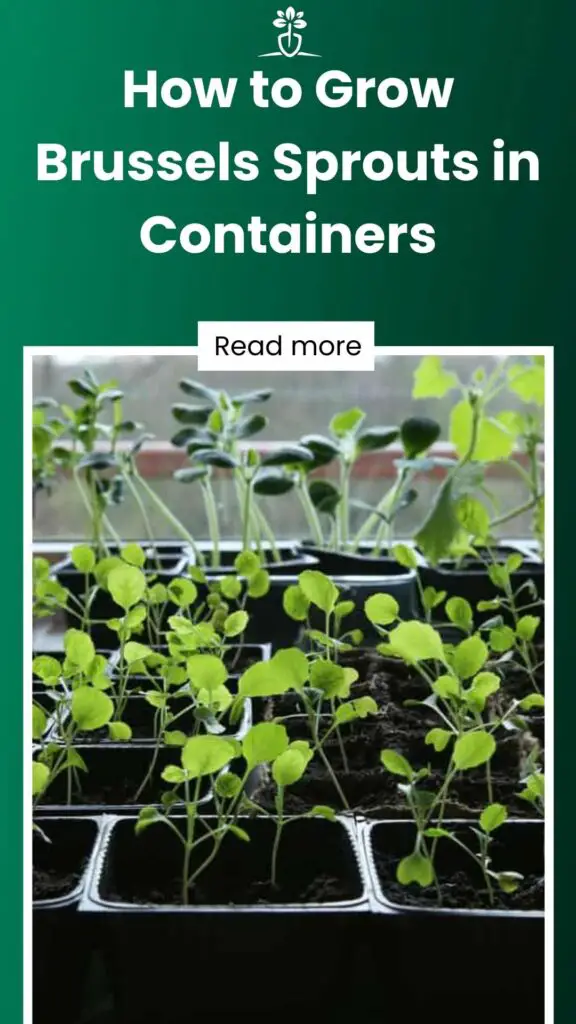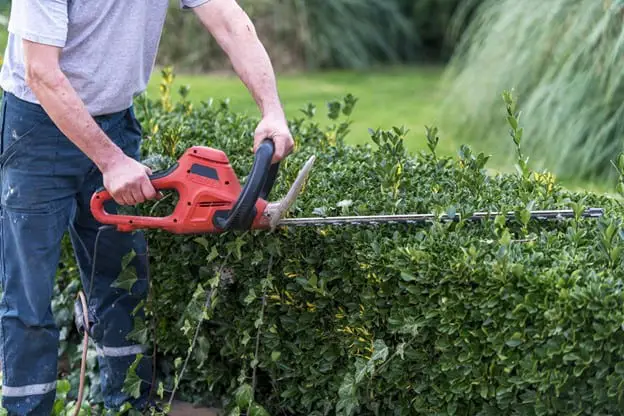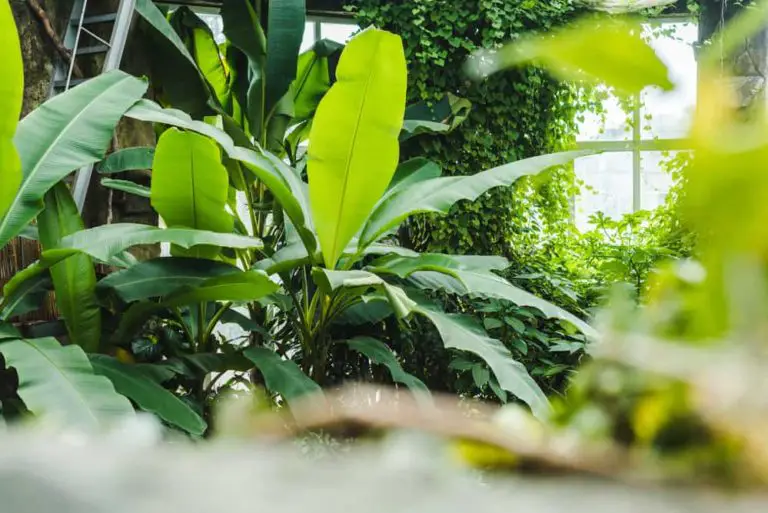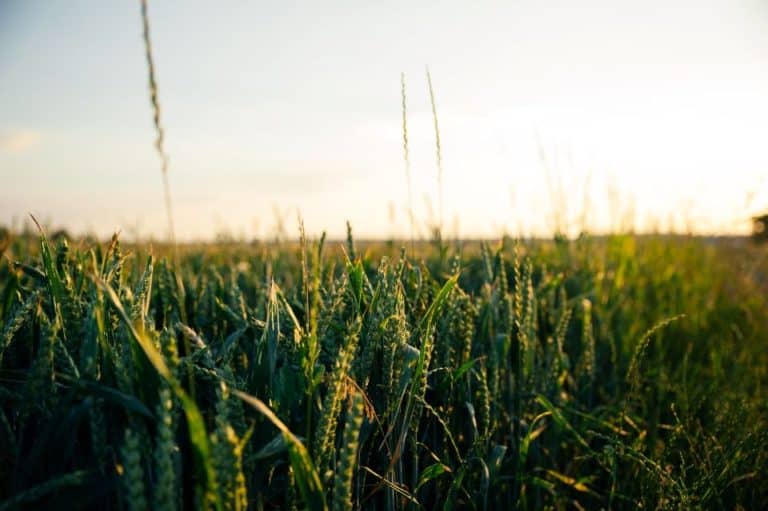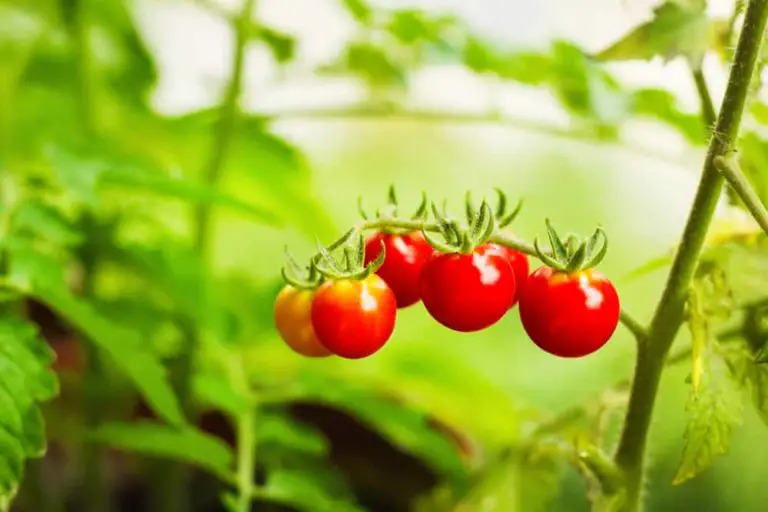How to Grow Brussels Sprouts in Containers
Raising Brussels sprouts at your place offers a fun adventure. This helpful guide makes it easy to start growing these nutritious veggies, even if you’re new to gardening. Feel the thrill of building your own garden and the happiness it gifts. Just put in a bit of work and use some nifty tips, and soon you’ll be relishing your very own Brussels sprouts.
Contents
What you need
If you’ve never grown vegetables before, you might be confused about where to begin. But you don’t have to feel that way. Let’s start with gathering what you actually need:
– Potting mix
– Fertilizer
– A gallon of container
– Enough brussels sprout seedling
– Pruning shears, hand shovel, and other helpful tools
Which is Better— Potting Mix or Potting Soil?
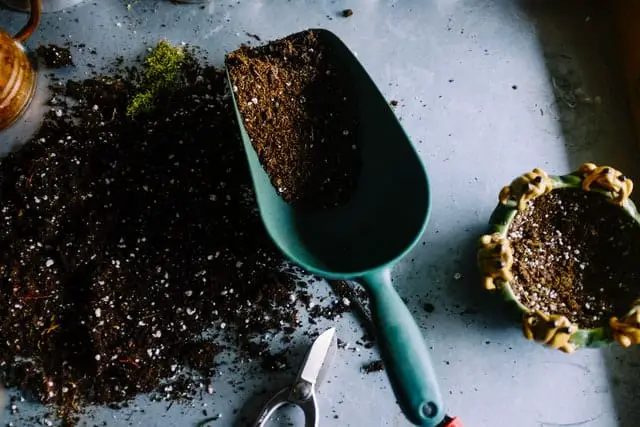
Let’s start with clearing up the difference between the two. A potting mix doesn’t have soil, while potting soil has. If you’re on a tight budget, we recommend potting soil because it’s cheaper. The downside is that it might get compacted over time. Although there are pre-made potting mixes available, there’s nothing quite like creating the mix yourself.
And no, it’s not as complicated as you might imagine. All you have to do is to prepare the ingredients. We recommend sphagnum peat moss, coir fiber, perlite, vermiculite, sand, limestone, fertilizers, composted wood chips, and compost. Then, mix them all. That’s it— there’s no exhausting and stressful procedure to follow and think about.
Should you Buy or Grow Your Own Brussels Sprouts Seedlings?
Brussels sprouts are easy to find. Most gardening centers sell seedlings at a price that you can afford. But if you’re into DIY and want to take a new challenge, you might want to think about growing your own brussels sprouts seedlings.
In a container of potting mix, plant enough brussels sprouts seeds. Then, place every container in spots that the sun hits. Don’t forget to keep the potting mix moist so the plants can grow faster.
7 Steps to Growing Brussels Sprouts in Containers
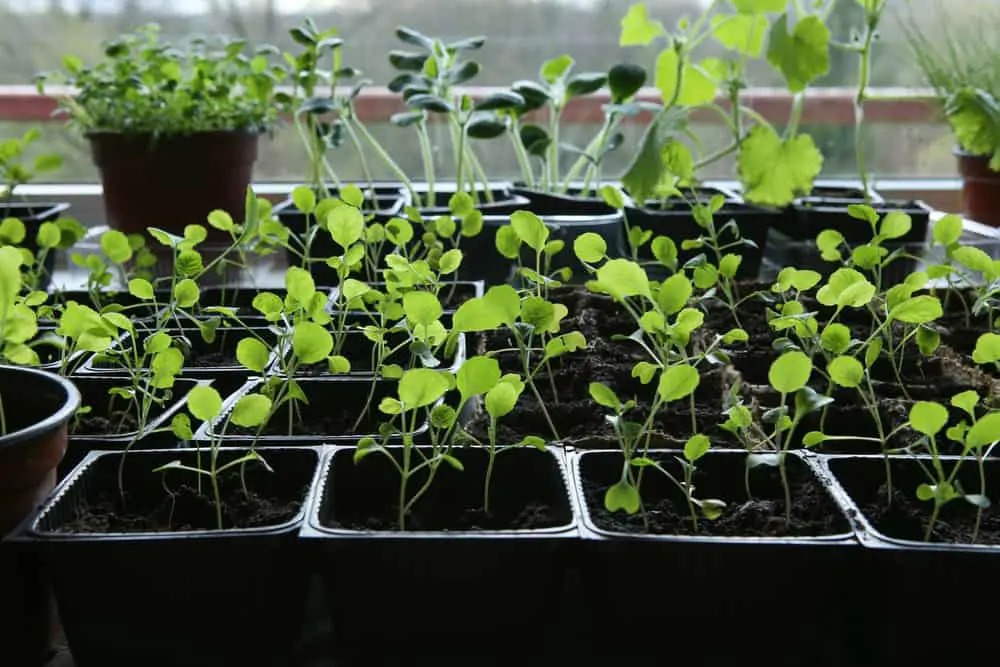
You’ve prepared the potting mix or soil, and now your brussels sprout seedlings are ready for transfer. It’s time to grow the brussels sprouts in your backyard. Here are step by step instructions to guide you from start to finish:
1. Pour Enough Potting Mix into the Container
First, you need to ensure that any pot or container you use is 1 foot wide. Then, get yourself a potting mix. A potting mix rich in organic matter like wood chips, sphagnum peat moss, limestone, perlite, and vermiculite should be on top of your list. Although some gardeners like to use potting soil, we don’t recommend this for growing brussels sprouts.
Make sure that your compost has grass cuttings, vegetable peelings, plant pruning, fruit waste, and teabags. Avoid dairy products as they may put your brussels sprouts in danger.
2. Don’t Forget to Add Quality Fertilizers
Commercial fertilizers might be the top favorites among gardeners, but we would suggest that you use organic fertilizers instead. A well-aged compost will be your best bet, though it will take a lot of time and effort before you can achieve your desired compost. So, prepare it a few weeks before planting your brussels sprout seedling. Alternatively, you can feed your brussels sprouts with 10-10-10, 5-5-5, and other organic fertilizers for a better and greener produce.
3. Water the Potting Mix
Before you plant the seedling, never forget to water each container of potting mix. Brussels sprouts love damp potting mix, but don’t go overboard with watering.
4. Plant the Brussels Sprout Seedlings
After days of preparing the potting mix, compost, and containers, you can finally plant the seedlings! Ideally, you’d use one seedling for a container. But for a larger pot, two brussels sprout seedlings are perfect. Use a hand shovel and other small planting tools to do the job with accuracy, and be very careful when you transfer the seedlings.
5. Do Not Place Your Seedlings in Spots Without Enough Sunlight
Brussels sprouts like cool weather. But that doesn’t mean they don’t require enough sunlight. Limited sunlight limits the growth of your brussels sprouts. Research has shown that brussels sprouts require a maximum of six hours of direct sunlight every day, so make sure that you put your containers in your garden spots where sunlight can reach. Be wary of insects and pests. You can definitely install a sturdier fencing system.
6. Keep the Brussels Sprouts and Potting Mix Moist
Now, you have planted the brussels sprout seedlings. If you grow your brussels sprout seedlings indoors, you don’t need to water them frequently. But if you have some seedlings in your backyard, then water them as often as possible, because your primary goal here is to keep their potting mix moist.
7. Get Rid of Extra Leaves and Weeds
While it may seem unnecessary, remove the eight lower leaves of the plants so that they can yield more sprouts. Also, prune the weeds. Studies have indicated that weeds can compete with brussels sprouts, affecting their growth.
Conclusion
You’ll be able to harvest some of your brussels sprouts after a few months. You can finally cook your favorite dishes with organic, fresh, and preservative-free brussels sprout. We hope that this guide on how to grow brusells sprouts in containers has helped you and shows just how easy and rewarding growing brussels sprouts can be. Happy gardening!
